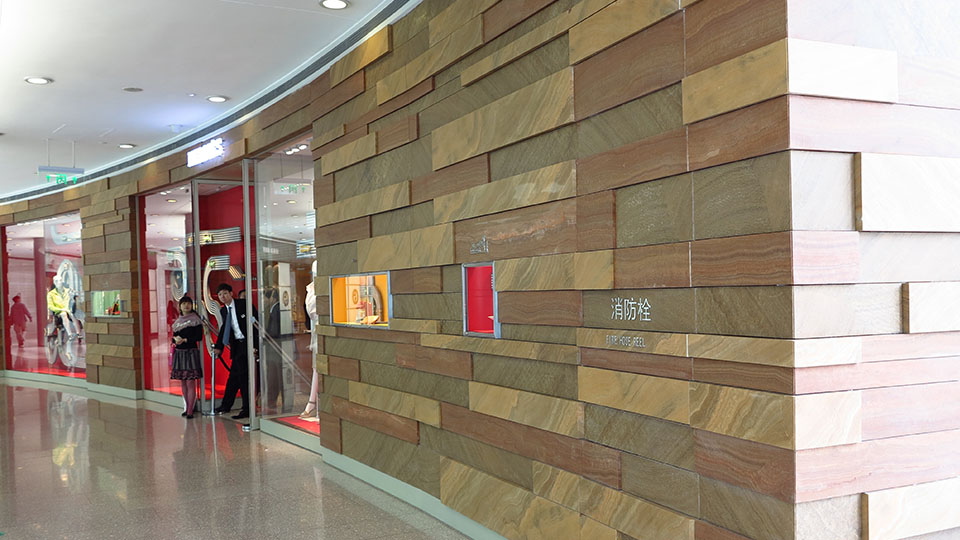

Immediate Blotting: As soon as a spill occurs, immediately blot it with a clean, absorbent cloth or paper towel. Avoid wiping, as this can spread the spill and increase the chances of staining.

While daily cleaning addresses surface debris, periodic deep cleaning helps remove accumulated grime and maintain the granite's natural shine. This should be done every few weeks or as needed.
Thorough Surface Cleaning: Begin by performing a thorough daily cleaning routine to remove any loose particles.
pH-Neutral Stone Cleaner: Use a commercially available granite cleaner specifically formulated to be pH-neutral. Avoid cleaners containing harsh chemicals, abrasives, or acidic ingredients, as these can damage the sealant and the stone itself.
Application: Follow the manufacturer's instructions for applying the cleaner. Typically, it involves spraying the cleaner onto the surface and wiping it down with a clean microfiber cloth.
Rinsing (Optional): Some cleaners may require rinsing with a clean, damp cloth. If so, ensure thorough rinsing to remove any cleaner residue.
Drying and Buffing: Dry the countertop thoroughly with a clean, dry microfiber cloth. Buffing the surface with a dry cloth can enhance its shine.
Stubborn Stains: Advanced Cleaning Techniques
Despite diligent cleaning, stubborn stains can sometimes occur. Here are some techniques for addressing them:
Identifying the Stain Type: Determining the nature of the stain (organic, oil-based, rust, etc.) is crucial for choosing the appropriate removal method.
Poulticing: Poulticing is a common and effective method for drawing out deep-seated stains from porous materials like granite. It involves creating a paste of an absorbent material and a cleaning agent, applying it to the stain, covering it, and allowing it to draw out the stain over several hours or even days.
Organic Stains (Coffee, Tea, Wine, Food): Mix a paste of baking soda and water or a paste of diatomaceous earth and water.
Oil-Based Stains (Grease, Cooking Oil): Mix a paste of baking soda or cornstarch with a small amount of water or a commercially available degreaser specifically designed for stone.
Rust Stains: Mix a paste of diatomaceous earth and a commercially available rust remover specifically formulated for stone. Exercise extreme caution when using rust removers, as some can damage granite. Test in an inconspicuous area first.
Ink Stains: Mix a paste of baking soda and water or try applying rubbing alcohol (test in an inconspicuous area first).
Application of the Poultice: Apply a thick layer of the paste (about ¼ to ½ inch) to the stained area, extending slightly beyond the edges of the stain.
Covering the Poultice: Cover the poultice with plastic wrap and tape down the edges to prevent it from drying out too quickly.
Drying Time: Allow the poultice to dry completely, which can take anywhere from a few hours to 24-48 hours, depending on the stain and the thickness of the poultice. As the poultice dries, it draws the stain out of the granite.
Removal and Cleaning: Once the poultice is completely dry, gently scrape it away with a plastic scraper or spatula. Wipe the area with a clean, damp microfiber cloth and pH-neutral dish soap. Rinse thoroughly and dry.
Repeat if Necessary: Stubborn stains may require multiple applications of the poultice.
Preventative Measures: Minimizing the Need for Intensive Cleaning
The best way to keep granite countertops clean is to prevent stains and damage in the first place. Here are some preventative measures:
Use Coasters and Placemats: Protect the surface from spills and scratches by using coasters under drinks and placemats under plates and hot dishes.
Clean Spills Immediately: As emphasized earlier, prompt action is crucial for preventing stains.
Avoid Placing Hot Items Directly on the Countertop: While granite is heat-resistant, extreme temperature changes can potentially weaken the sealant over time. Use trivets or hot pads under hot pots and pans.

Use Cutting Boards: Always use cutting boards when preparing food to prevent scratches and potential staining from food juices.
Avoid Harsh Chemicals and Abrasives: Never use abrasive cleaners, scouring pads, steel wool, or acidic or alkaline cleaners on granite countertops. These can damage the sealant and etch the stone.
Regular Sealing: The sealant on granite countertops will eventually wear down. The frequency of resealing depends on the type of granite, the quality of the initial sealant, and the level of use. Generally, resealing is recommended every 1-3 years. You can test the sealant's effectiveness by placing a few drops of water on the surface. If the water beads up, the sealant is likely still intact. If the water soaks in within a few minutes, it's time to reseal.
Professional Cleaning and Restoration:
For heavily stained or damaged granite countertops, professional cleaning and restoration services are available. These professionals have specialized equipment and knowledge to address issues that may be beyond the scope of DIY cleaning, such as deep-set stains, etching, and chip repairs.
Conclusion: Maintaining the Enduring Beauty of Granite
Cleaning granite countertops is a straightforward process that, when done correctly and consistently, will preserve their beauty and extend their lifespan. By understanding the nature of granite, adopting a routine of daily cleaning, acting promptly on spills, and employing appropriate deep cleaning and stain removal techniques, homeowners can enjoy the timeless elegance and durability of their granite countertops for many years to come. Remember that prevention is key, and regular maintenance is far more effective than attempting to rectify significant damage. By following the guidelines outlined in this comprehensive guide, you can confidently care for your granite countertops and ensure they remain a stunning focal point in your home.
Name: selena
Mobile:8613176910558
Tel:86-13176910558
Whatsapp:8619323167067
Email:409284553@qq.com
Add:Laizhou ,Shandong , Shandong Province, China